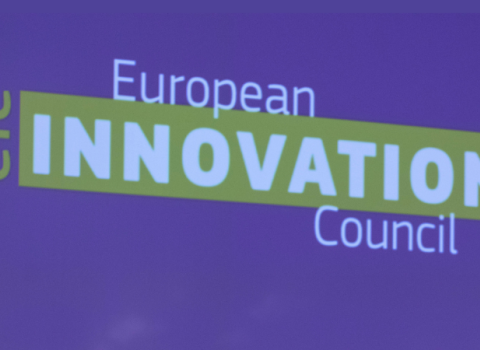
The second survey updates this and adds ratings for domain names and design rights. The methodology combines a worldwide survey of experts, covering over 18,000 country assessments to date, with analysis of empirical data and a review of any recent material changes at a local level.
At a time when the value of many tangible assets, in particular real estate, is falling, there is a growing appreciation by businesses of the value of intellectual property assets. Taylor Wessing says many businesses now recognise that success in this climate depends largely on how carefully they protect, defend and exploit intellectual property to establish and secure their competitive edge.
The overall results, covering all IP rights, are best understood by considering country groupings, or tiers of IP competitiveness.
The Tiers of IP Competitiveness:
Tier 1: UK; Germany; USA; Australia; Netherlands
Tier 2: Canada; Ireland; New Zealand; France; Singapore
Tier 3: Japan; Israel; Spain; South Africa; South Korea
Tier 4: Mexico; UAE; Italy
Tier 5: Turkey; Poland; Russia; Brazil; India; China
The Index finds that the UK and Germany are leaders in all areas of IP, being the only two which are ranked in the top tier for every area assessed. In this second Index Australia and Netherlands are elevated to the top tier.
There has been a general upward trend in ratings, indicating greater satisfaction with the IP regimes. This is especially evident amongst those lower in the rankings. Only the US scored less well overall in the second Index, compared to the first
Russia and Mexico are on the up, with the former now leading the BRIC group (Brazil, Russia, India, China), with the strongest gain of any country in the patent index and significant gains in both the trade mark and copyright rankings. Mexico also made good gains and was especially favoured for cost-effectiveness of enforcement.
Whilst Canada advanced a little in overall rating it remained unchanged in rank and tier, and the country’s fall in copyright rating and rank was the biggest for any sub-index.
The Index highlights increasing the importance of IP, with 60 per cent of respondents saying the time their organisation spends dealing with IP has increased over the past three years. Only 3 per cent said they spend less time on IP than previously.
Despite the pressures of the current economic climate, cost-effectiveness is not a determining factor in IP competitiveness. Jurisdictions with a perceived high cost of obtaining and enforcing IP, for example the UK and US, are still ranked highly in the overall index.
There is heightened awareness of the risks and opportunities posed by the digital market, user generated content and Internet trading generally. The ability of a jurisdiction’s legislation to adapt and address these issues clearly affects its rating and rank. Respondents also see the cooperation from responsible Internet service providers as key.
The Index reflects the lack of harmonisation across Europe, with Poland joining the Index in the bottom tier, there is an even wider spread of rating, rank and tier within the EU market than in the first Index.
Roland Mallinson, IP Partner at Taylor Wessing, said, “The greater divergence within the EU is disappointing, given the years of harmonising legislation for some IP rights (with the stark exception of patents).”
“This is not just an issue of legislation but operation of the laws in practice, including some sort of centralised court system. Technology-led small and medium enterprises need this in particular. The European Commission’s revived interest in providing a harmonised patent system is good news for them, but this has been looked at for 30 years. I would like to say the next [Index] will see greater consistency across the EU but I doubt that is imminent.”




 A unique international forum for public research organisations and companies to connect their external engagement with strategic interests around their R&D system.
A unique international forum for public research organisations and companies to connect their external engagement with strategic interests around their R&D system.